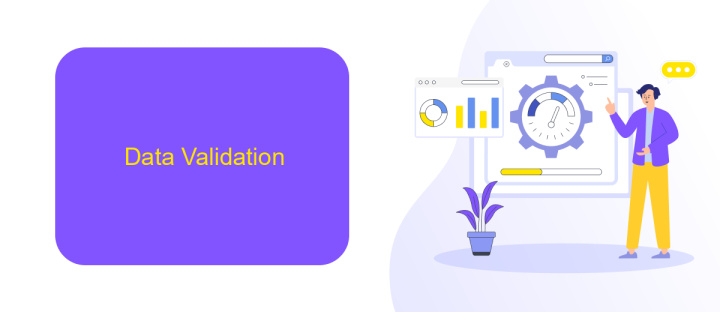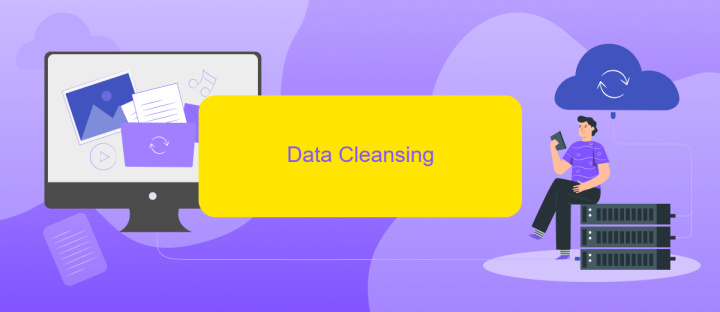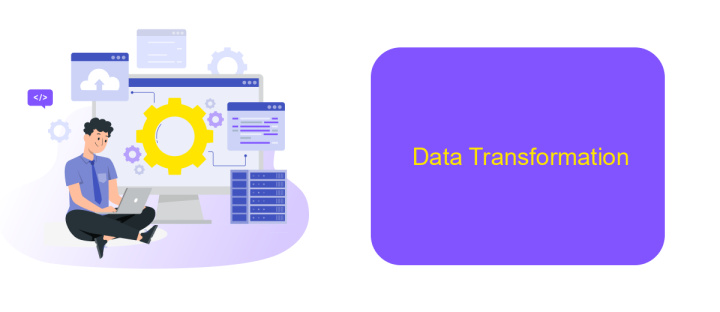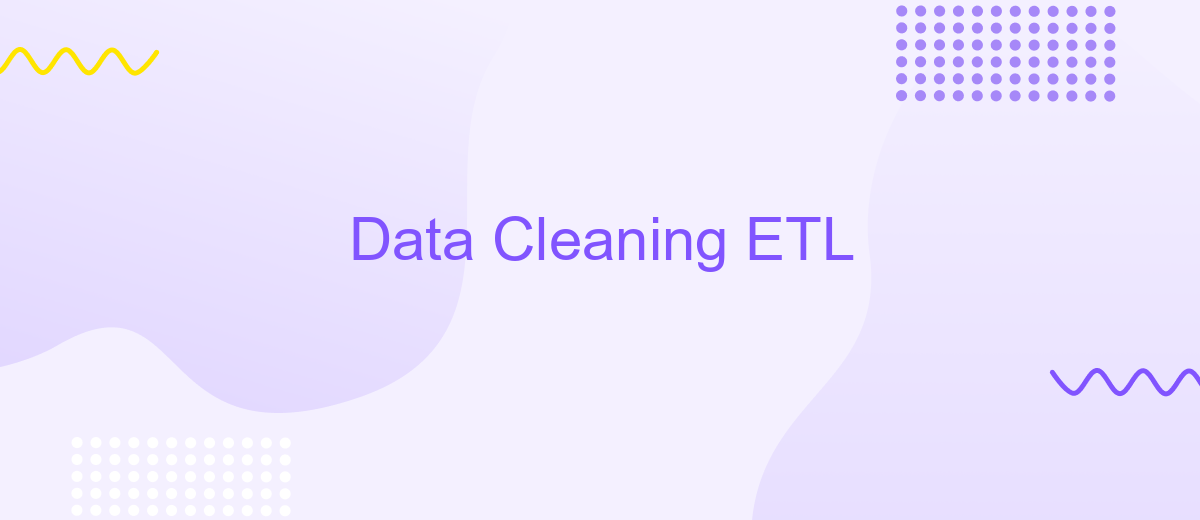Data Cleaning ETL
Data cleaning is a crucial step in the ETL (Extract, Transform, Load) process, ensuring that raw data is transformed into a usable format for analysis and decision-making. It involves identifying and correcting errors, inconsistencies, and inaccuracies in the dataset. Effective data cleaning enhances data quality, leading to more reliable insights and better overall business intelligence.
Data Extraction
Data extraction is the first crucial step in the ETL (Extract, Transform, Load) process. It involves retrieving data from various sources, which can include databases, APIs, flat files, and other data repositories. The goal is to gather all relevant data needed for further processing and analysis.
- Identify data sources: Determine where the data resides, such as databases, cloud storage, or external APIs.
- Establish connections: Use appropriate tools and technologies to connect to these data sources securely.
- Extract data: Retrieve the necessary data, ensuring it is in a usable format for the next stages of the ETL process.
Tools like ApiX-Drive can simplify the data extraction process by providing seamless integrations with various data sources. This service enables automated data retrieval, reducing the manual effort required and ensuring data consistency. By leveraging such tools, organizations can streamline their ETL workflows and focus more on data analysis and decision-making.
Data Validation

Data validation is a critical step in the ETL process, ensuring that the data being processed is accurate, complete, and reliable. It involves a series of checks and rules that verify the integrity and quality of the data before it is loaded into the target system. Common validation techniques include checking for missing values, ensuring data types are consistent, and verifying that data falls within expected ranges. This step helps to prevent errors and inconsistencies that could lead to inaccurate analysis and decision-making.
In addition to basic validation techniques, integrating services like ApiX-Drive can enhance the data validation process. ApiX-Drive allows for seamless integration between various data sources and applications, automating the validation checks and reducing manual effort. By setting up automated workflows, ApiX-Drive can continuously monitor data quality, alerting users to any anomalies or discrepancies in real-time. This ensures that the data remains clean and reliable throughout its lifecycle, ultimately leading to more accurate and actionable insights.
Data Cleansing

Data cleansing is a crucial step in the ETL (Extract, Transform, Load) process, ensuring that the data used for analysis is accurate, consistent, and reliable. This process involves identifying and rectifying errors, inconsistencies, and inaccuracies in the dataset. Effective data cleansing can significantly improve the quality of insights derived from data analysis.
- Identify and remove duplicate records to prevent redundancy.
- Correct structural errors such as typos, incorrect formats, and inconsistent naming conventions.
- Fill in missing values using appropriate methods like interpolation or imputation.
- Validate data against predefined rules to ensure accuracy and consistency.
- Standardize data formats to maintain uniformity across the dataset.
Automating the data cleansing process can save time and reduce the likelihood of human error. Tools like ApiX-Drive can facilitate seamless integration between various data sources and automate the cleaning process, ensuring that your data is always ready for analysis. By leveraging such tools, organizations can maintain high data quality and make more informed decisions.
Data Transformation

Data transformation is a crucial step in the ETL process, ensuring that raw data is converted into a usable format for analysis and reporting. This stage involves modifying, cleaning, and structuring data to meet specific requirements and to ensure consistency across different data sources.
Transformations can include a variety of operations such as data normalization, aggregation, and enrichment. These operations help in improving data quality and making it suitable for downstream processes. Effective data transformation can significantly enhance the accuracy and efficiency of data-driven decision-making.
- Data Normalization: Standardizing data formats to ensure uniformity.
- Data Aggregation: Summarizing data to provide an overview.
- Data Enrichment: Adding additional information to enhance data quality.
- Data Cleansing: Removing or correcting inaccurate data.
Utilizing services like ApiX-Drive can simplify the data transformation process by automating the integration and transformation tasks. ApiX-Drive allows seamless connectivity between various data sources and applications, ensuring that the transformed data is readily available for analysis. This automation not only saves time but also reduces the risk of errors, making the data transformation process more efficient and reliable.
- Automate the work of an online store or landing
- Empower through integration
- Don't spend money on programmers and integrators
- Save time by automating routine tasks
Data Loading
Data loading is the final step in the ETL (Extract, Transform, Load) process, where cleaned and transformed data is loaded into a target data repository, such as a data warehouse, database, or data lake. This step is crucial for ensuring that the data is readily accessible for analysis, reporting, and decision-making. The loading process can be performed in various ways, including batch loading, where data is loaded in bulk at scheduled intervals, or real-time loading, where data is continuously loaded as it becomes available.
To streamline the data loading process, organizations often leverage integration tools and services such as ApiX-Drive. ApiX-Drive facilitates seamless data transfer between various applications and platforms, ensuring that data is accurately and efficiently loaded into the target system. By automating data loading tasks, ApiX-Drive reduces the risk of errors and minimizes the time and effort required for manual data handling. This enables organizations to maintain up-to-date and reliable data repositories, ultimately supporting better business intelligence and data-driven decision-making.
FAQ
What is Data Cleaning in the context of ETL?
Why is Data Cleaning important in ETL processes?
What are common techniques used in Data Cleaning?
How can I automate Data Cleaning in my ETL process?
What challenges might I face during the Data Cleaning process?
Time is the most valuable resource in today's business realities. By eliminating the routine from work processes, you will get more opportunities to implement the most daring plans and ideas. Choose – you can continue to waste time, money and nerves on inefficient solutions, or you can use ApiX-Drive, automating work processes and achieving results with minimal investment of money, effort and human resources.


